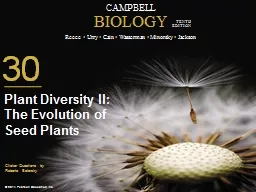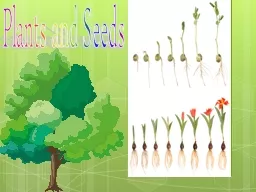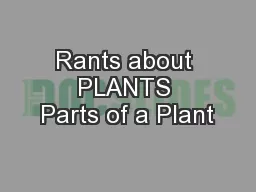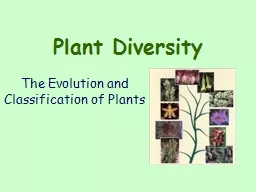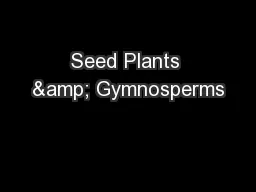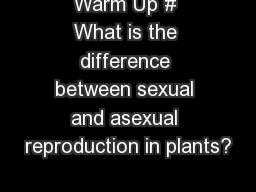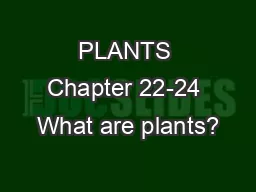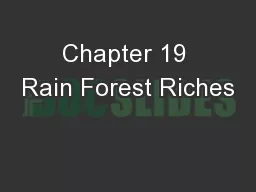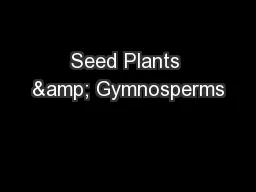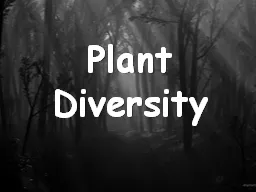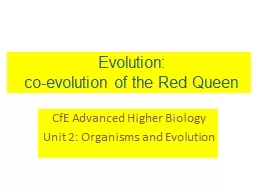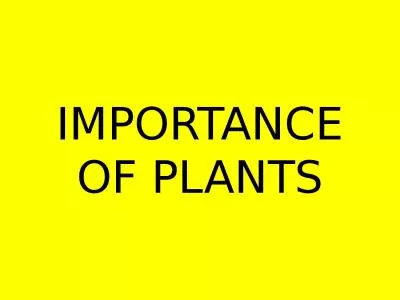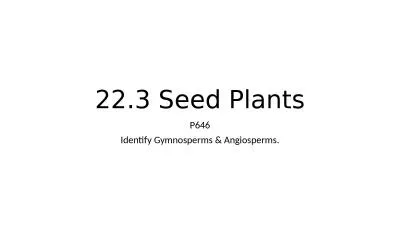PPT-0 Plant Diversity II: The Evolution of Seed Plants
Author : trish-goza | Published Date : 2018-11-02
The reason that two sperm nuclei travel down the pollen tube is that they both stimulate growth of the pollen tube one fertilizes the egg and the other combines
Presentation Embed Code
Download Presentation
Download Presentation The PPT/PDF document "0 Plant Diversity II: The Evolution of S..." is the property of its rightful owner. Permission is granted to download and print the materials on this website for personal, non-commercial use only, and to display it on your personal computer provided you do not modify the materials and that you retain all copyright notices contained in the materials. By downloading content from our website, you accept the terms of this agreement.
0 Plant Diversity II: The Evolution of Seed Plants: Transcript
Download Rules Of Document
"0 Plant Diversity II: The Evolution of Seed Plants"The content belongs to its owner. You may download and print it for personal use, without modification, and keep all copyright notices. By downloading, you agree to these terms.
Related Documents

